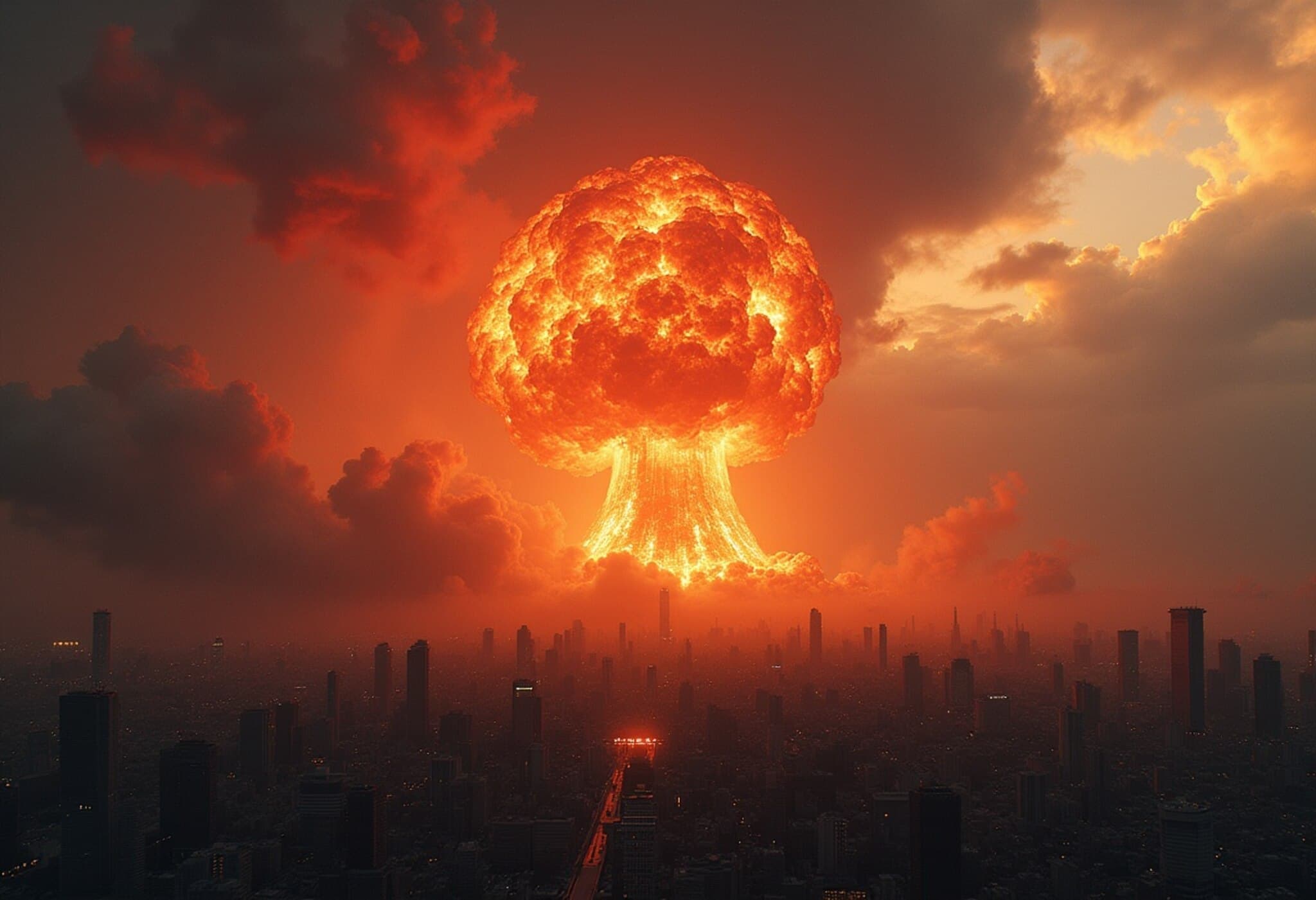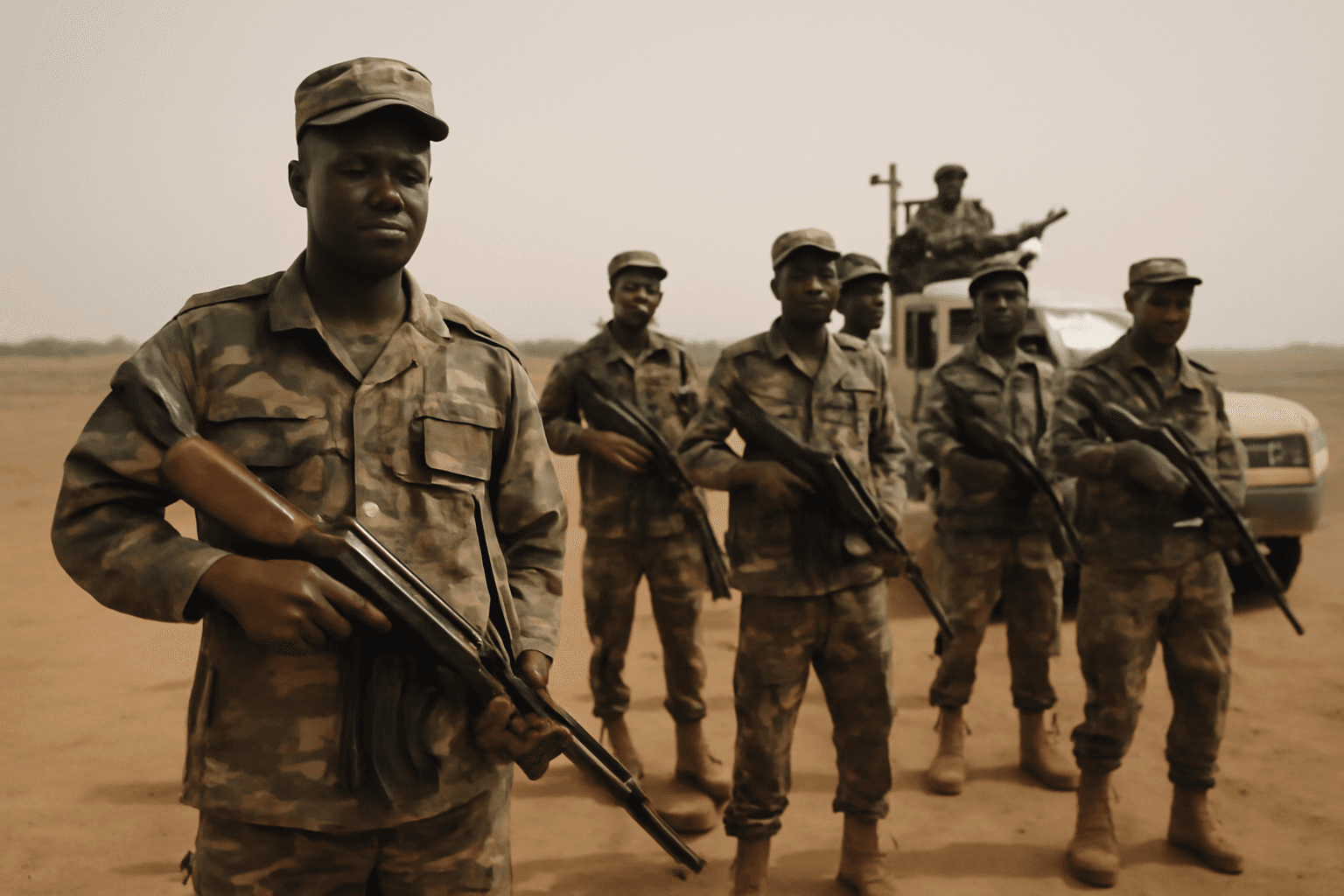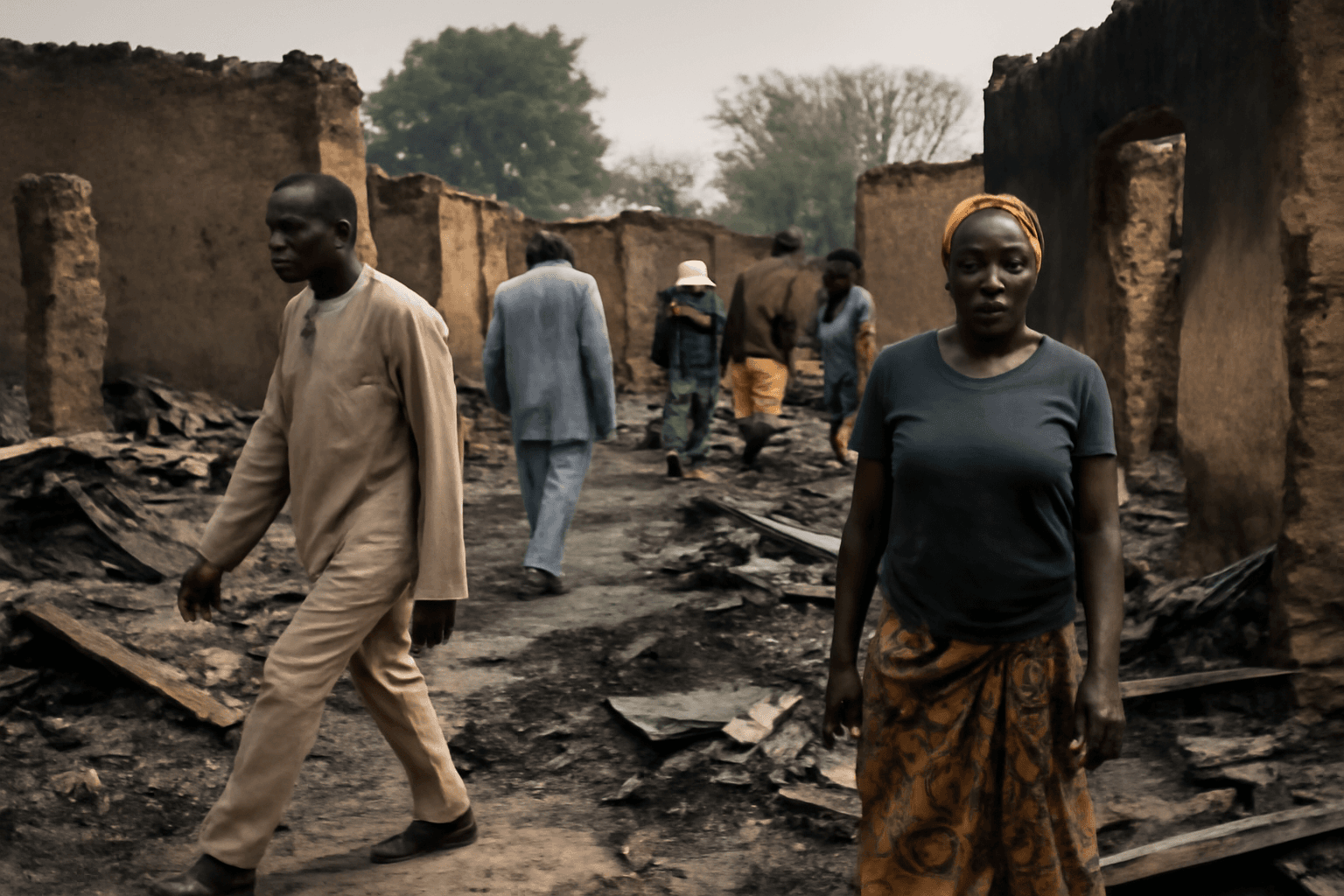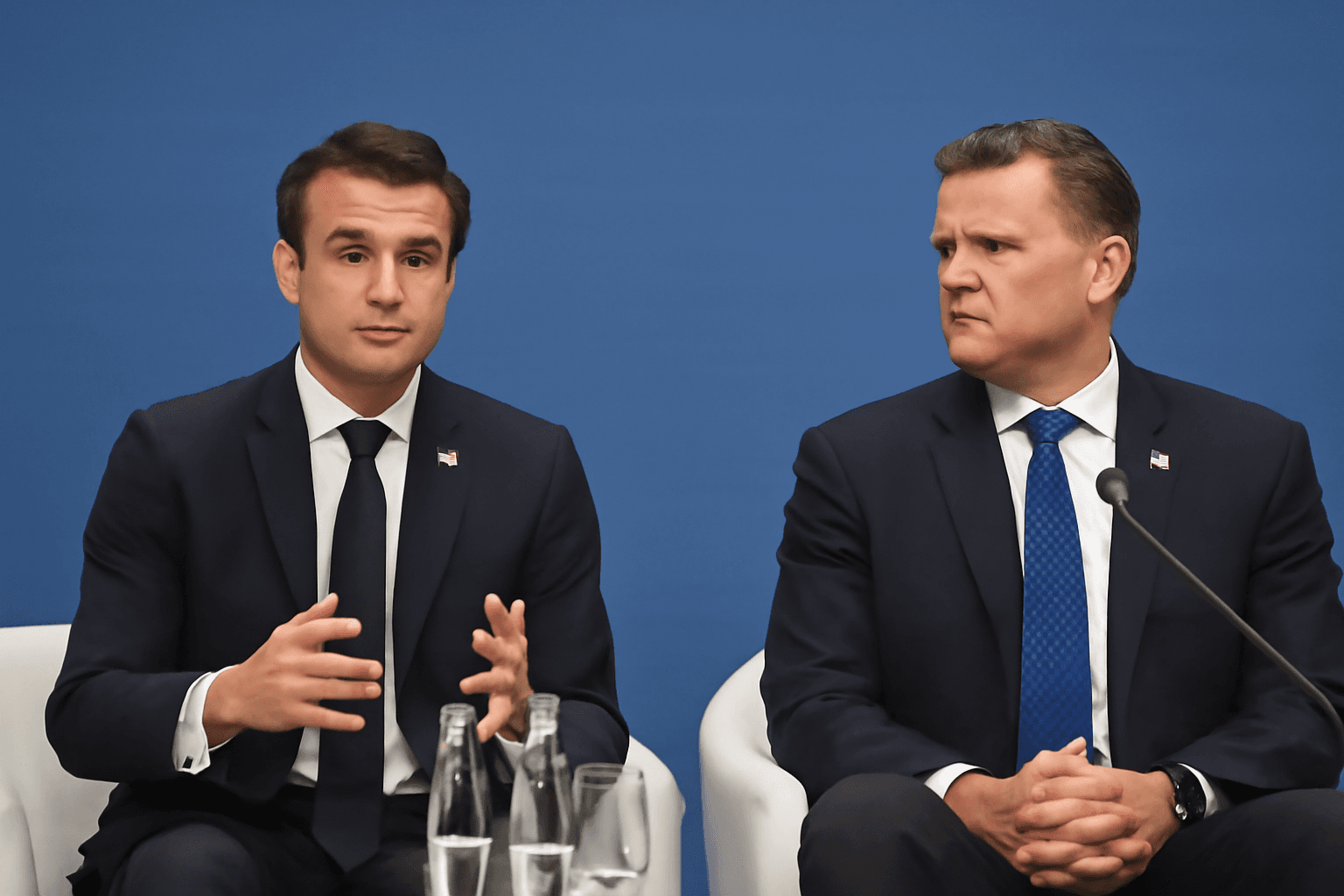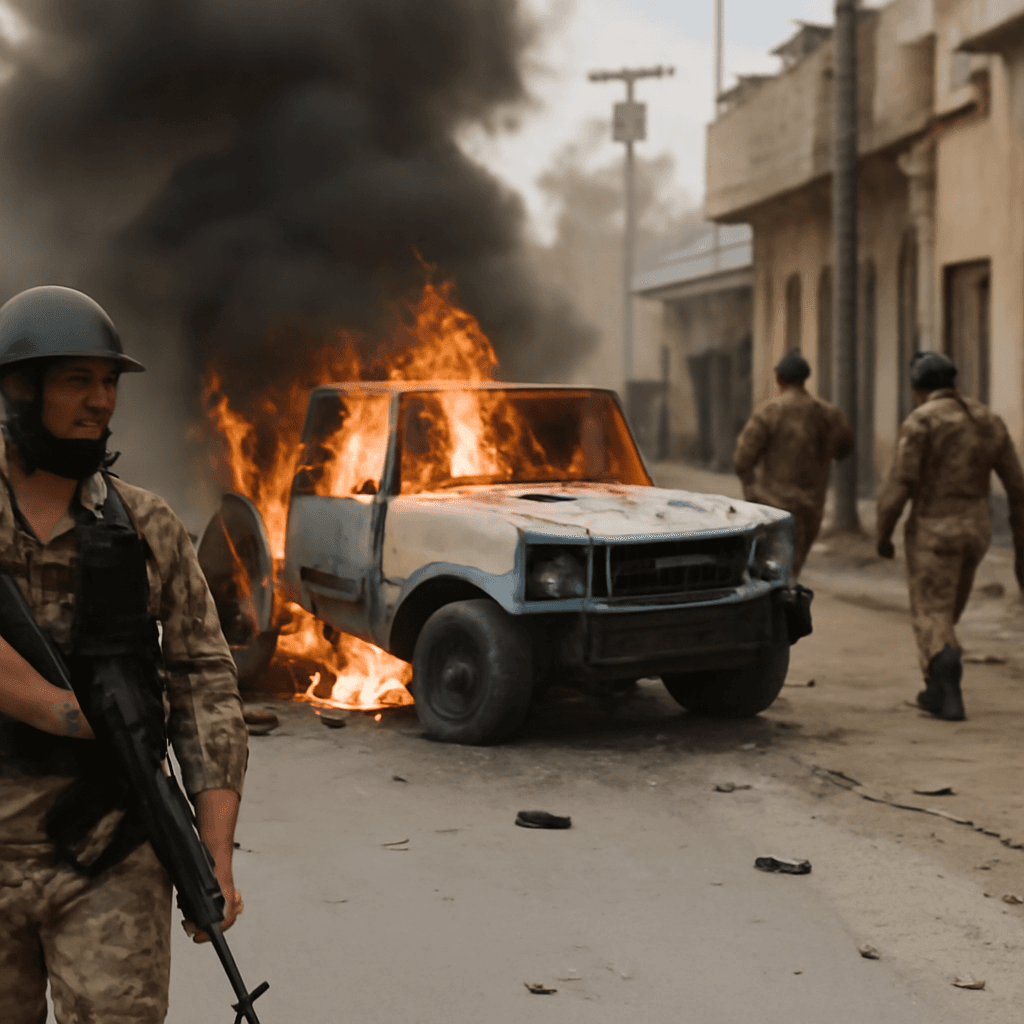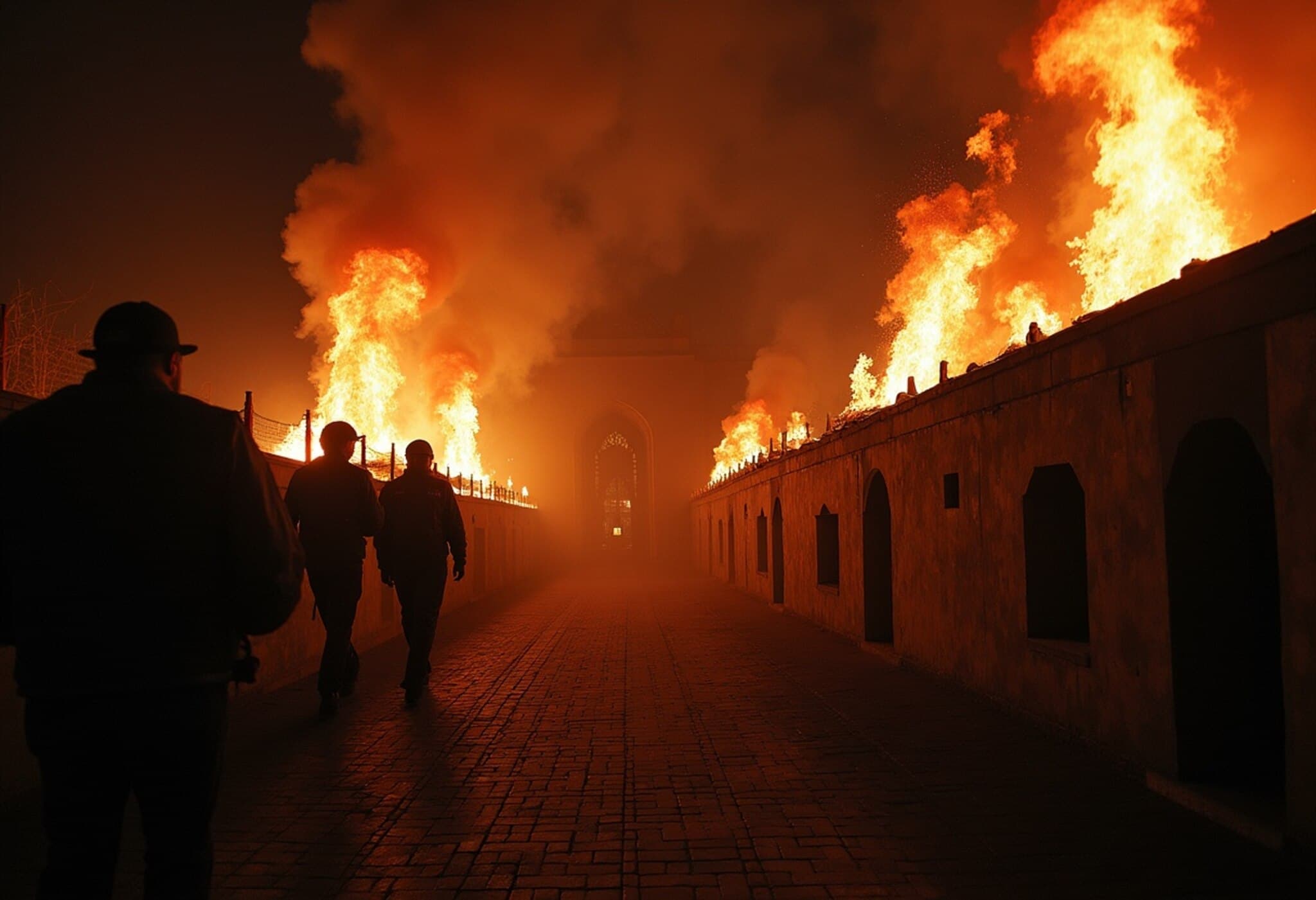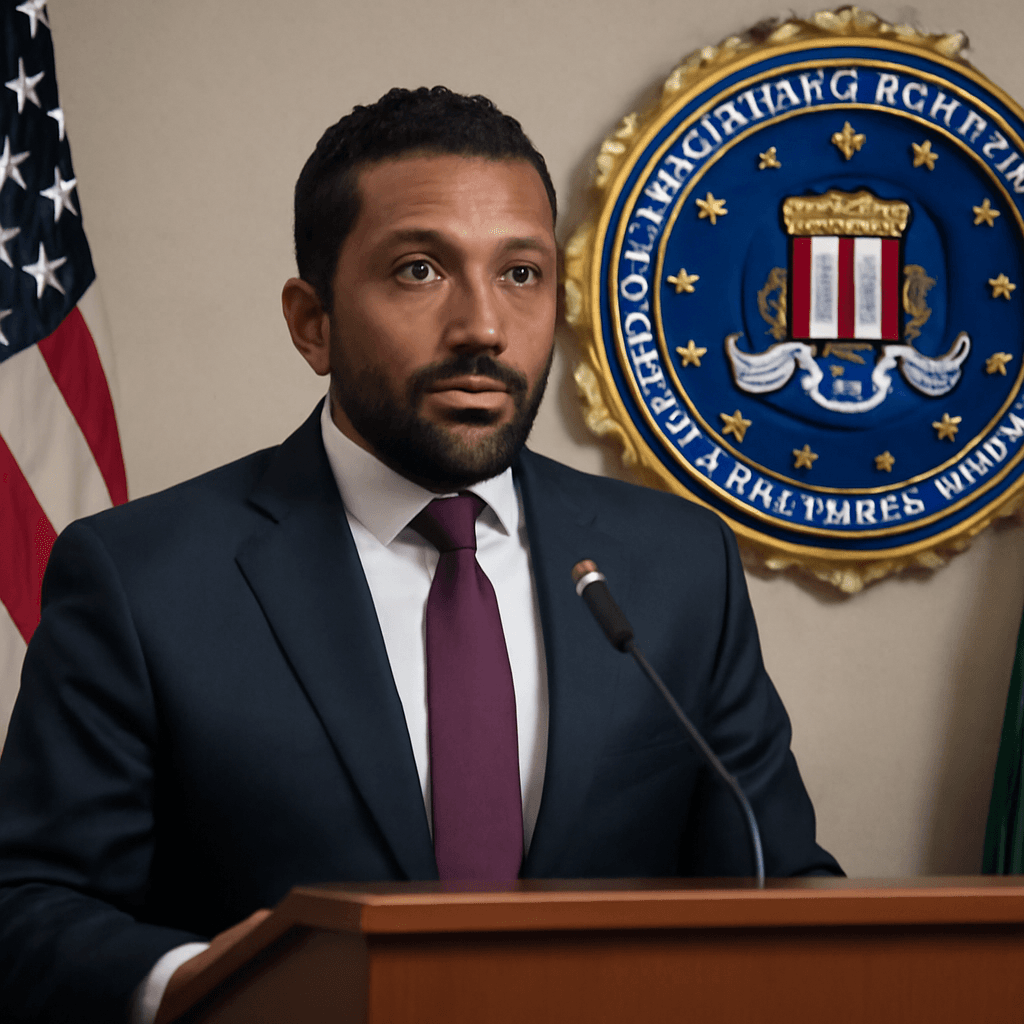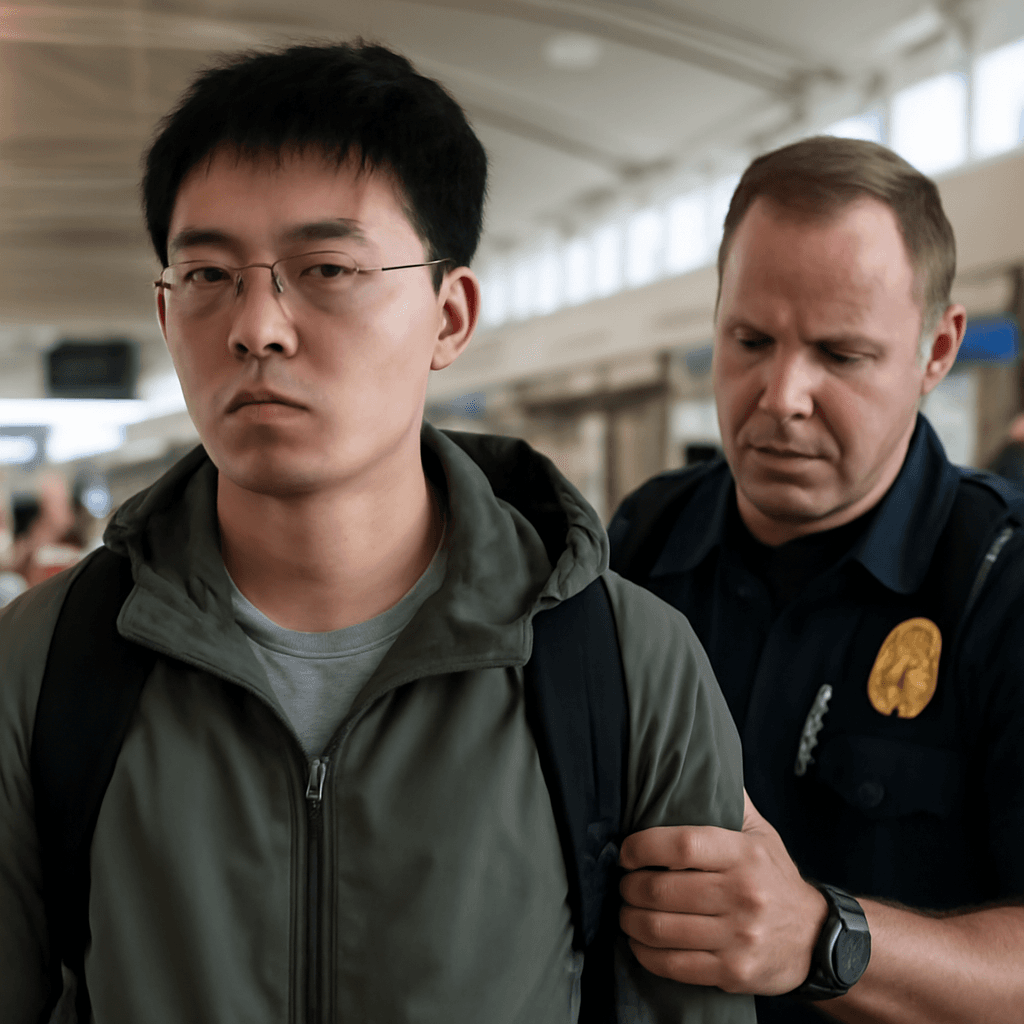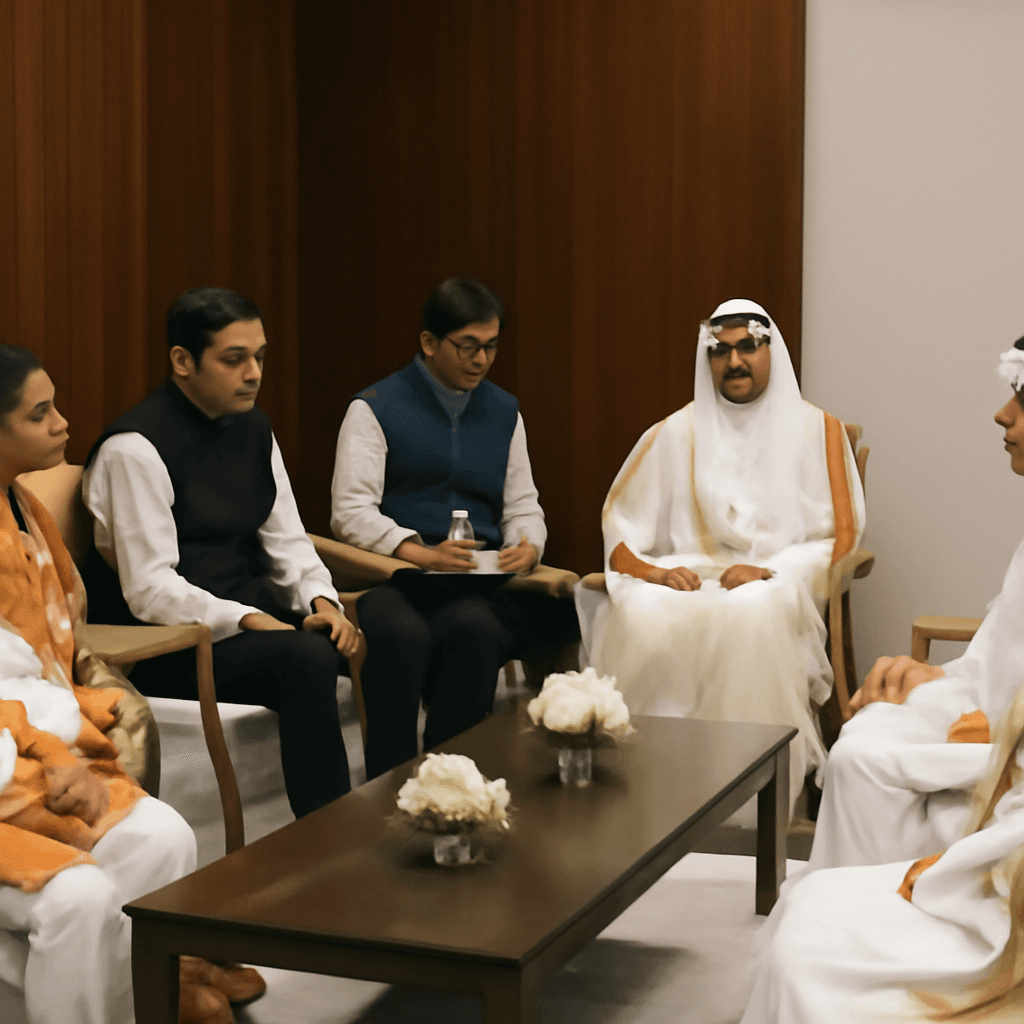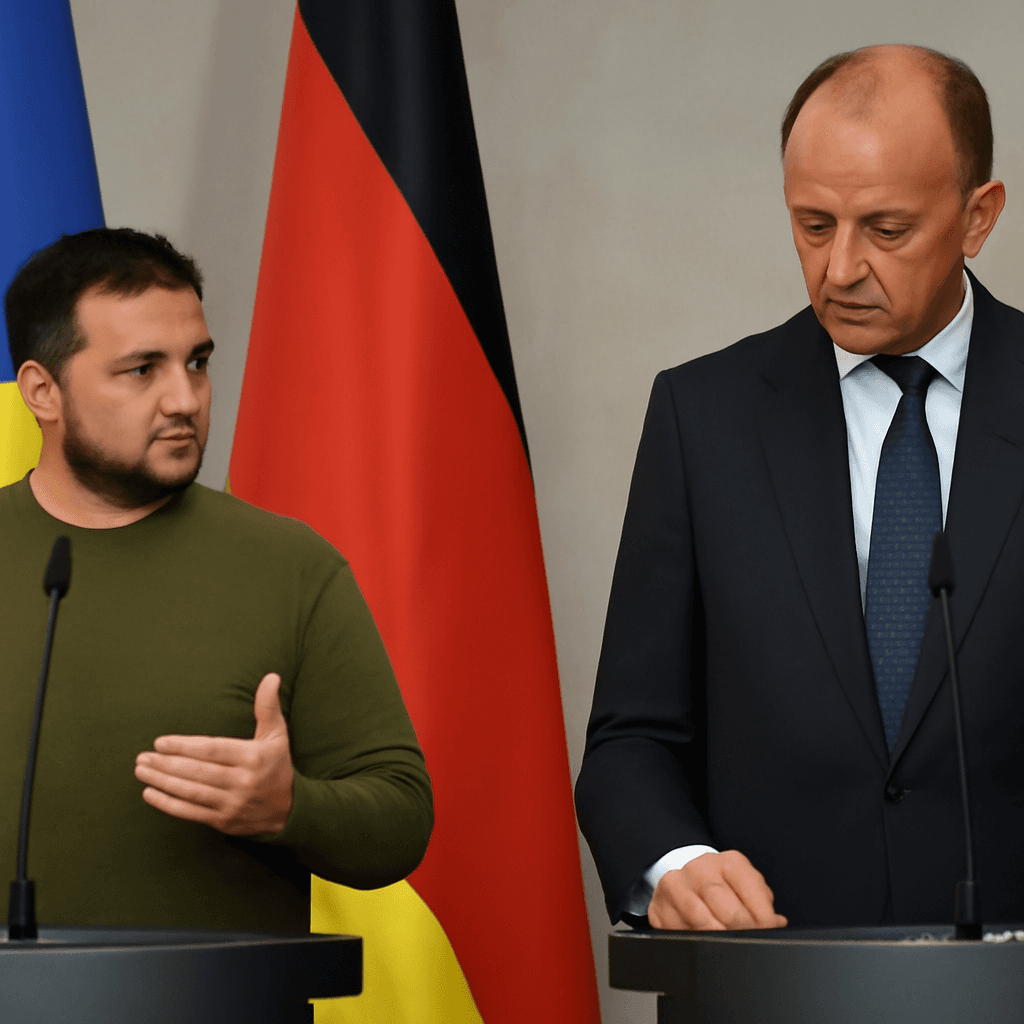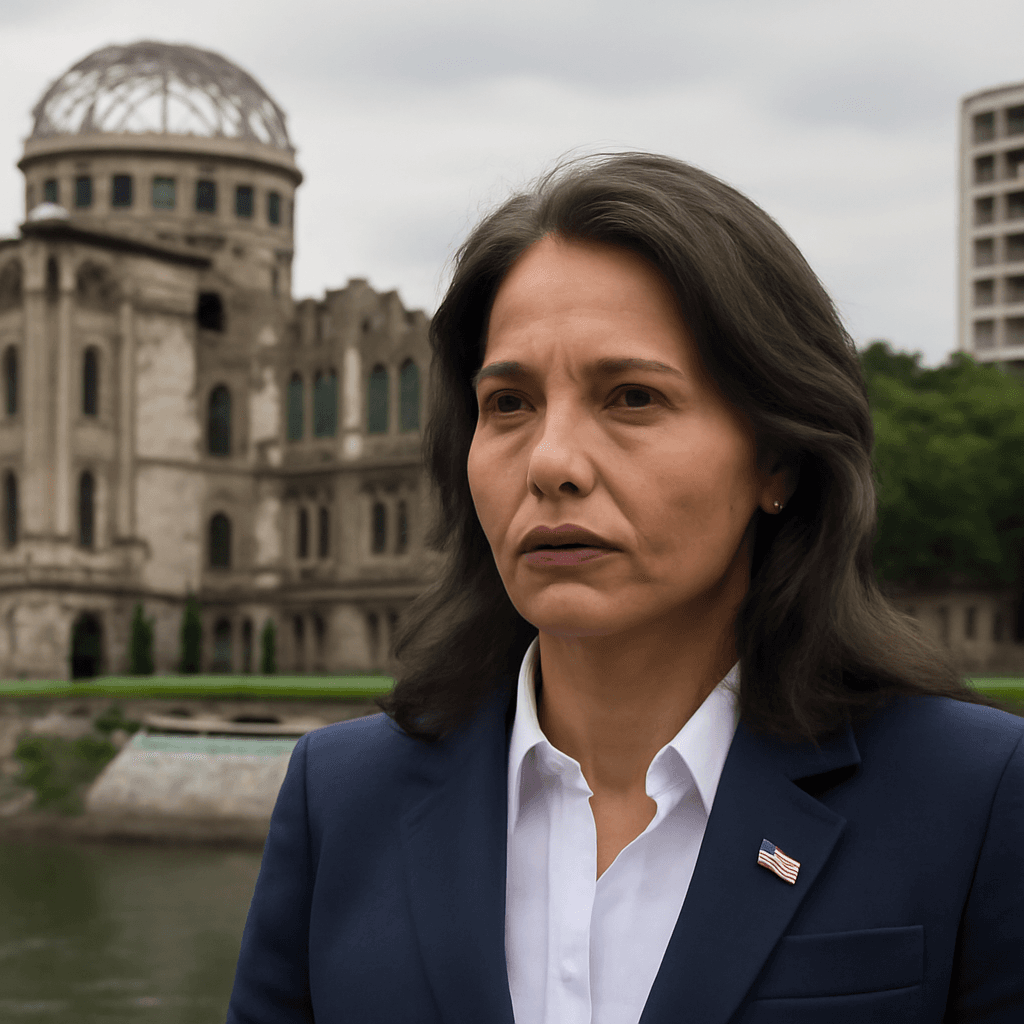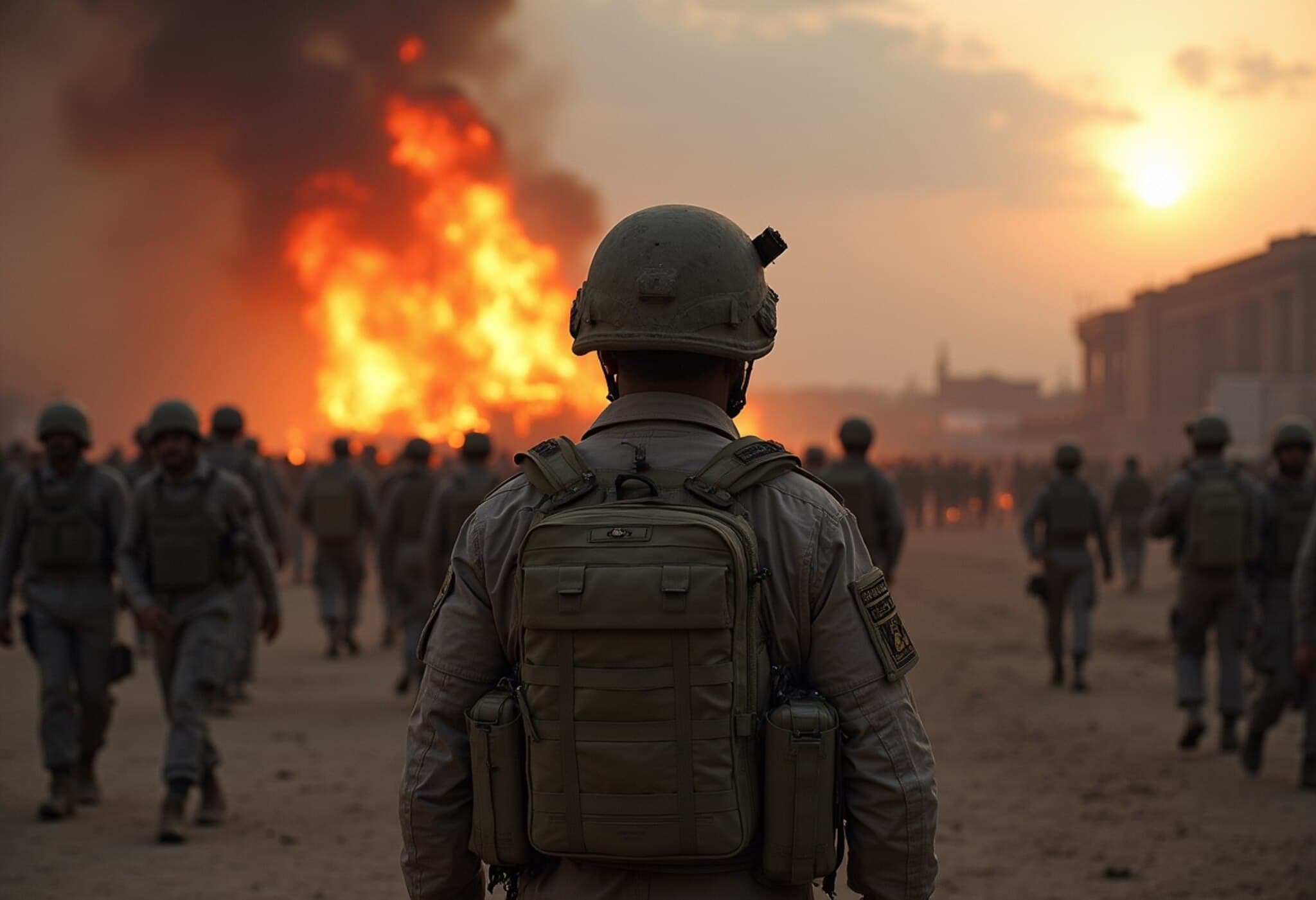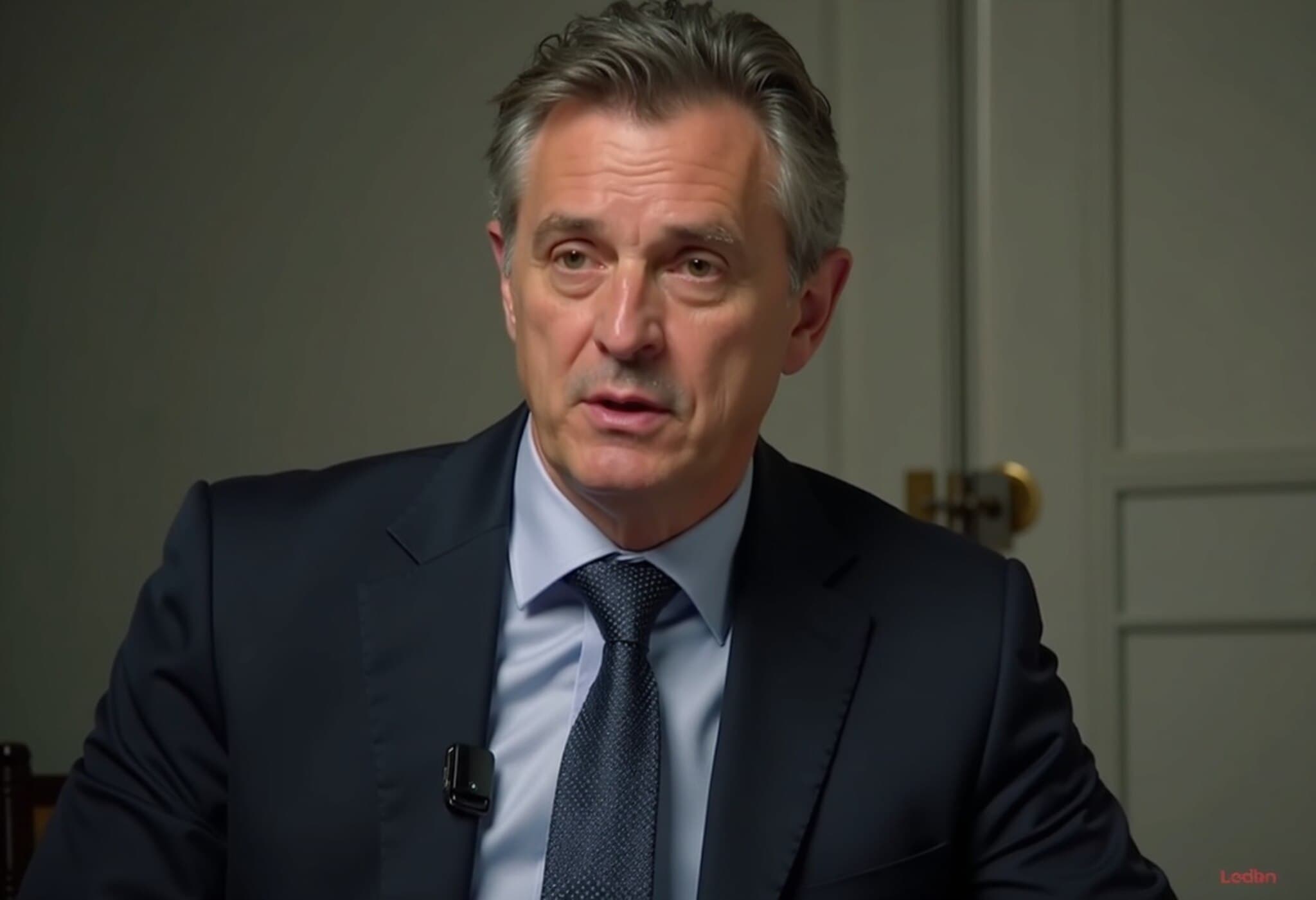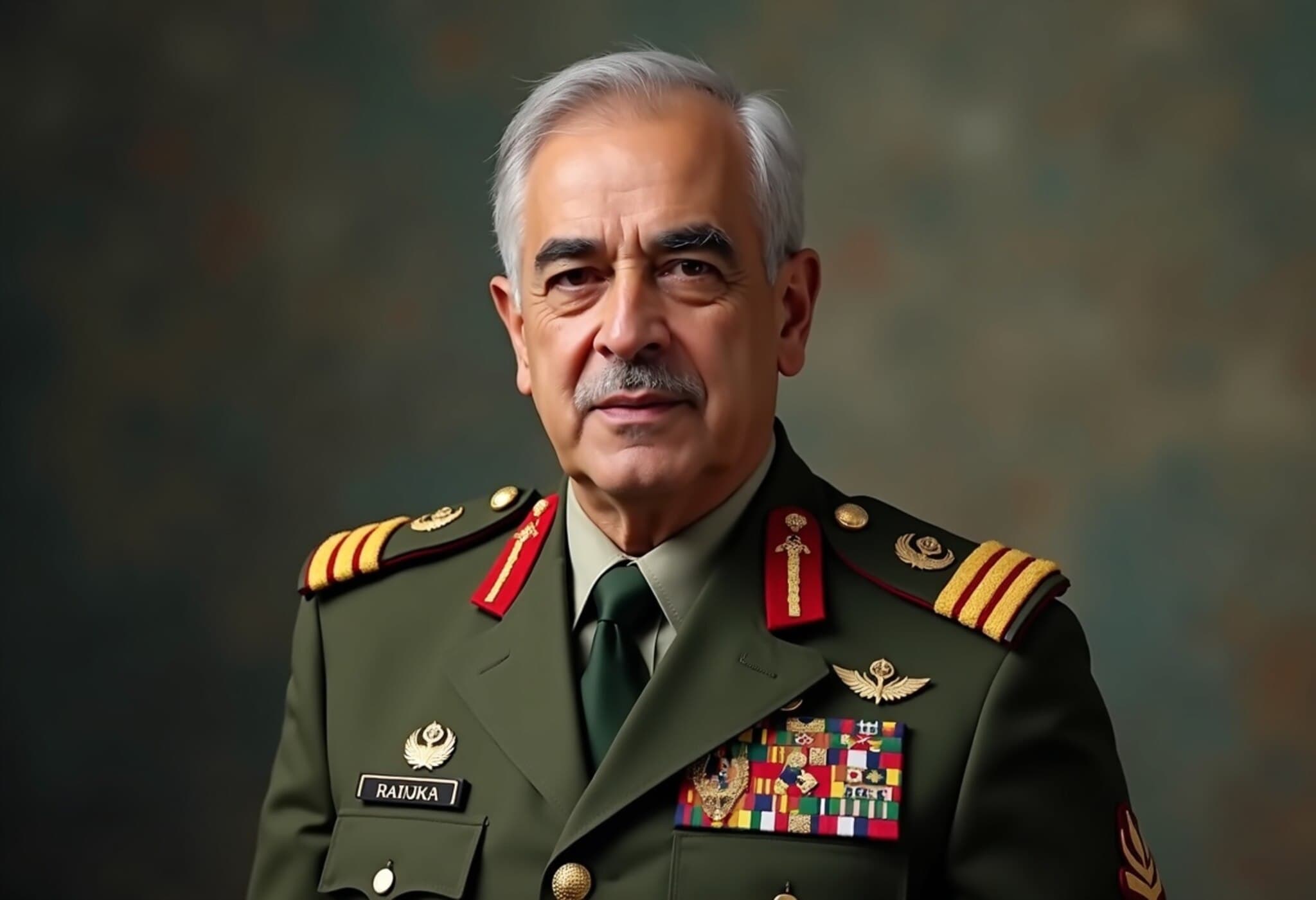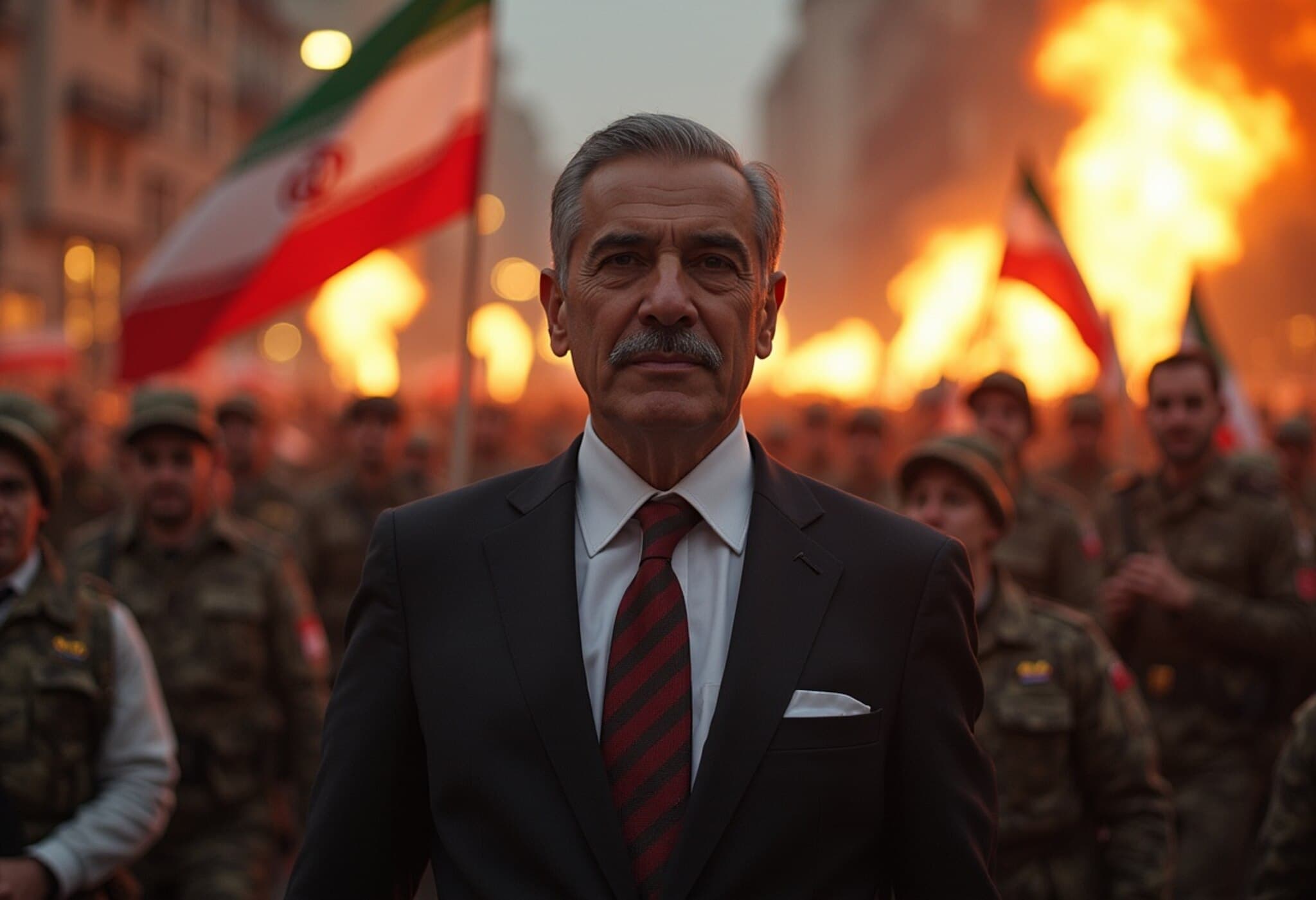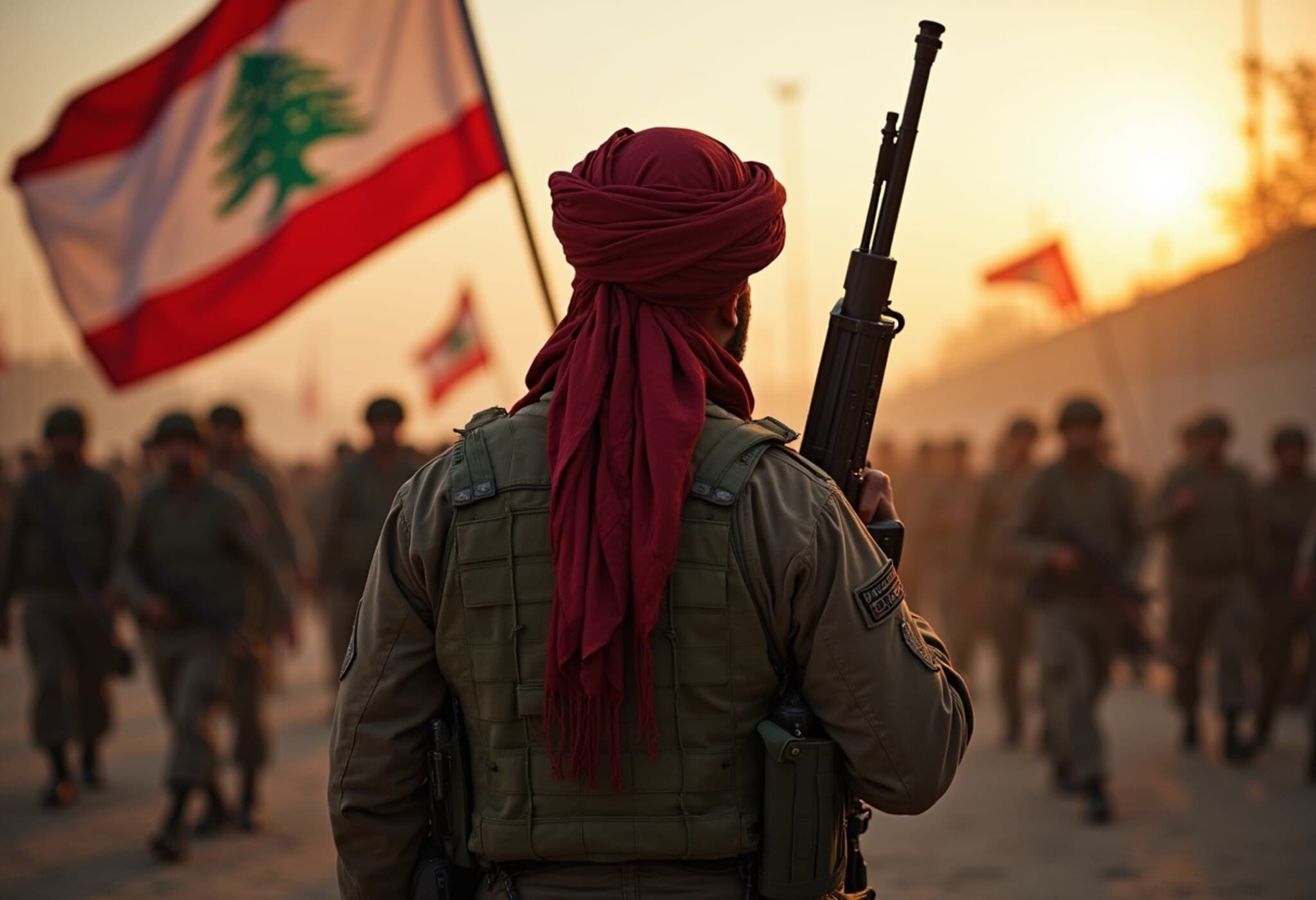Reflecting on 80 Years Since Hiroshima: Why the Nuclear Threat Endures
August 6, 2025, marks eight decades since the devastating atomic bombing of Hiroshima, an event that forever reshaped the global landscape of warfare and international security. Yet, despite the profound human and environmental toll witnessed in 1945, the shadow of nuclear weapons continues to loom large over the world.
While memorial ceremonies and white lilies symbolize remembrance and mourning across Hiroshima and Nagasaki, the geopolitical realities remind us that nuclear weapons remain a pressing, evolving threat to peace.
The Persistent Arsenal: What Has Changed and What Hasn’t?
Today, the global nuclear warhead stockpile is approximately 12,241, with over 90% controlled by the United States and Russia. Far from relics of the Cold War, these arsenals are modernized with cutting-edge technology such as hypersonic missiles and stealthy underwater drones.
Despite decades of disarmament treaties, including the Strategic Arms Reduction Treaty (START) and landmark Nuclear Security Summits, recent years have seen a reversal or stagnation in nuclear arms reduction. The U.S. is actively developing new nuclear systems and has hinted at resumption of testing; meanwhile, China has expanded its arsenal threefold to nearly 600 warheads. Russia also refuses to be left behind, enhancing its lethal capabilities.
The Fragile Framework of Nuclear Treaties
- The 1987 Intermediate-Range Nuclear Forces Treaty is effectively defunct, with Russia publicly renouncing its obligations;
- The Treaty on the Prohibition of Nuclear Weapons (TPNW), though ratified by many non-nuclear countries, holds limited sway over nuclear-armed states;
- The overall erosion of arms control norms is raising alarms within policy circles and security experts worldwide.
Geopolitical Tensions Amplify Risks
The latest flare-ups, such as the recent provocative verbal exchanges between former Russian President Dmitry Medvedev and former U.S. President Donald Trump, underscore how dangerously close the world hovers near nuclear brinkmanship. Deployments of nuclear submarines and references to retaliatory systems like Russia’s “Dead Hand” illustrate the grave potential for miscalculation.
In South Asia, enduring conflicts coupled with nuclear capability make India and Pakistan volatile flashpoints. Meanwhile, North Korea’s ongoing nuclear tests and missile launches contribute further to regional instability. In the Middle East, Iran's nuclear ambitions continue to spark geopolitical anxieties, with potential cascading effects on neighboring countries like Saudi Arabia and Turkey.
Technology’s Double-Edged Sword in Nuclear Security
Emerging technologies such as artificial intelligence and cyber warfare are transforming the strategic calculus around nuclear weapons. The speed and autonomy AI systems introduce could accelerate decisions beyond human oversight, risking unintended launches.
Cyberattacks on command and control infrastructures represent another critical vulnerability. Historical precedents reveal how easily technical glitches or false alarms nearly provoked catastrophic nuclear responses—highlighting how fragile our safeguards remain in this digital era.
Historical Close Calls
- 1950s: Canadian geese mistaken for Soviet bombers;
- 1960s: Meteor showers triggered false missile warnings;
- 1979 & 1980: False alerts from human error and faulty hardware;
- 1995: Russian nearly launched a retaliatory strike after misidentifying a Norwegian research rocket.
Nuclear Terrorism: An Underaddressed Danger
Beyond state actors, the specter of nuclear terrorism remains distressingly real, albeit less discussed. While building a functional nuclear weapon is an enormous hurdle for terrorist groups, the threat from radiological dispersal devices — so-called "dirty bombs" — is more attainable. Such devices could spread radioactive contamination, sowing widespread panic and long-term health risks in urban centers.
Robert Gates, former U.S. Defense Secretary, famously noted that the prospect of terrorists acquiring nuclear capabilities was among his deepest fears — a conviction that still rings true today.
The Clock is Ticking: Global Norms at a Crossroads
The Doomsday Clock, maintained by the Bulletin of the Atomic Scientists, was set at its closest to midnight ever this year — symbolizing the precariousness of global security in the nuclear age.
The 80th anniversary of Hiroshima calls for sober reflection: The catastrophic consequences we witnessed then served as humanity's warning. But current geopolitical shifts, technological advances, and treaty breakdowns underscore how precarious that peace remains.
Only a revitalized commitment to disarmament, diplomacy, and robust international frameworks can stem the nuclear threat. Otherwise, the echoes of 1945 risk becoming a tragic refrain all over again.
Editor’s Note
As the world marks 80 years since Hiroshima’s devastation, we face a critical juncture. The path forward demands not only remembering history but actively confronting present challenges—from the erosion of arms treaties and rising nuclear arsenals to technological disruptions and terrorism risks. How can policymakers and civil society reinvigorate global cooperation to tame this existential threat? The urgency has never been greater, and the cost of failure immeasurable.

